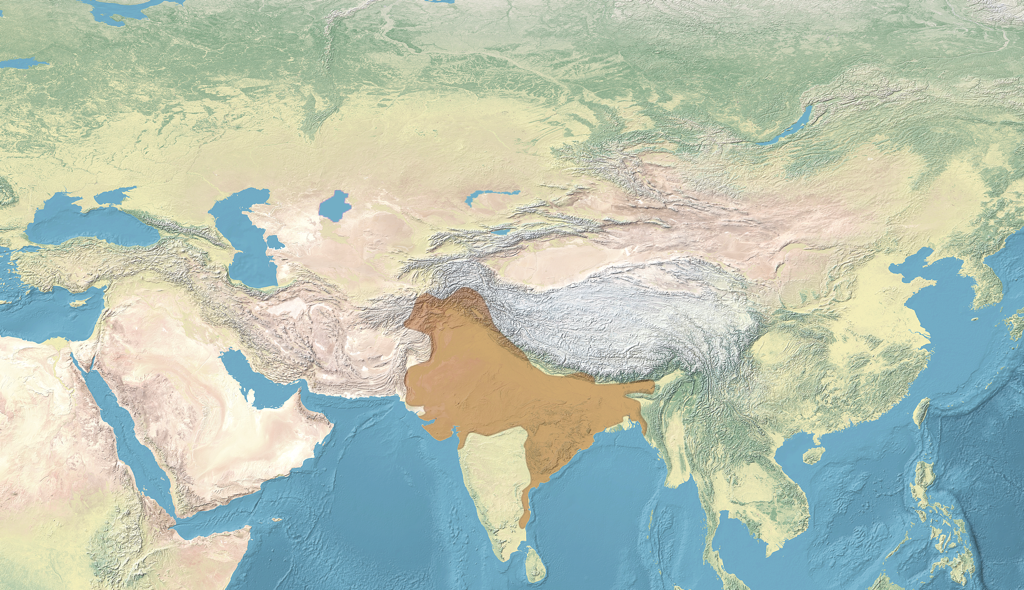Discovering the Dashavatara Temple The Dashavatara Temple, a remarkable example of ancient Hindu architecture, stands as a testament to a bygone era. This early 6th-century structure, nestled in the scenic Betwa River valley, offers a glimpse into the artistic and religious life of Gupta period India. An Architectural Gem in Deogarh Located in Deogarh, Lalitpur…
Gupta Dynasty
History and Timeline
The Gupta Dynasty (Gupta Empire), often referred to as the “Golden Age” of India, flourished from approximately 320 to 550 CE. This period is marked by significant achievements in various fields, including art, science, and politics, under the leadership of its notable rulers. The dynasty was founded by Sri Gupta, but it was under Chandragupta I (reign c. 320-335 CE) that the foundation for a vast empire was laid through matrimonial alliances and military conquests. His successors, Samudragupta and Chandragupta II, further expanded the empire, making it one of the most powerful and prosperous in Indian history.
Rulers and Key Figures
Chandragupta I
Chandragupta I is considered the real founder of the Gupta Empire. His marriage to Kumaradevi, a Lichchhavi princess, brought considerable power and territory to the Gupta dynasty. He established Pataliputra as the capital and initiated a period of prosperity and growth.
Samudragupta
Samudragupta, Chandragupta I’s successor, is known for his military campaigns across the Indian subcontinent. He is often compared to Alexander the Great for his ambition and conquests. His reign was marked by both military expansion and cultural flourishing.
Chandragupta II
Chandragupta II, also known as Vikramaditya, further expanded the empire through warfare and diplomacy. His court was adorned by the Navaratnas (Nine Jewels), a group of scholars, poets, and artists, including the famous poet Kalidasa.
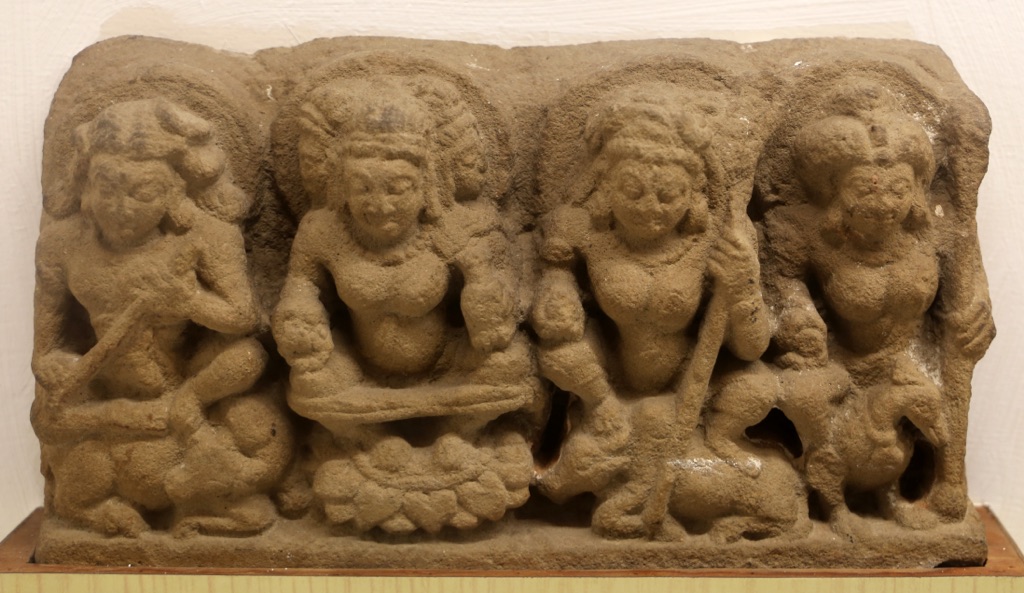
Cultural Contributions
The Gupta period is celebrated for its remarkable contributions to Indian art, literature, and music. Sanskrit literature flourished with works by Kalidasa, Vishakhadatta, and Bharavi. In music, the period saw the codification of classical Indian music into ragas. The era also witnessed the construction of magnificent temples and the development of the classical Indian dance form, Bharatanatyam.
Scientific and Mathematical Advances
This era was pivotal for scientific and mathematical advancements. Aryabhata, one of the greatest mathematicians and astronomers of ancient India, belonged to this period. His works on the place-value system and zero as a number have had a lasting impact on mathematics. In medicine, Sushruta, often called the “Father of Surgery,” compiled the Sushruta Samhita, detailing surgical techniques and procedures.
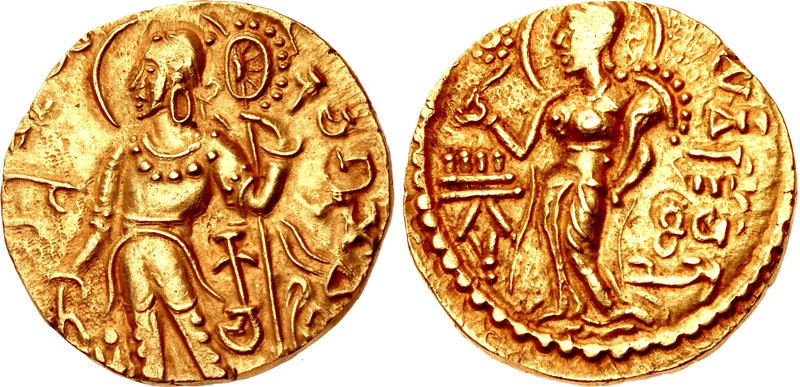
Political Structure and Administration
The Gupta Empire was characterized by a decentralized administration, with a significant degree of power vested in local and regional leaders. The king, however, was the supreme authority. The empire was divided into provinces, then into districts, and finally into villages. A notable feature of Gupta administration was the practice of granting land instead of paying salaries, a system that later evolved into feudalism.
Economic Aspects
The Gupta period saw a thriving economy, supported by agriculture, trade, and the widespread circulation of gold coins known as Dinars. Trade routes expanded, connecting India with the Roman Empire, Southeast Asia, and China. This era also saw the development of guilds, which played a crucial role in the economy by controlling trade and crafts.
Architecture and Monuments
The Gupta era is renowned for its architectural innovations, including the construction of temples and stupas. The Ajanta Caves, adorned with Buddhist paintings and sculptures, and the Iron Pillar of Delhi, known for its rust-resistant composition, are significant monuments from this period.
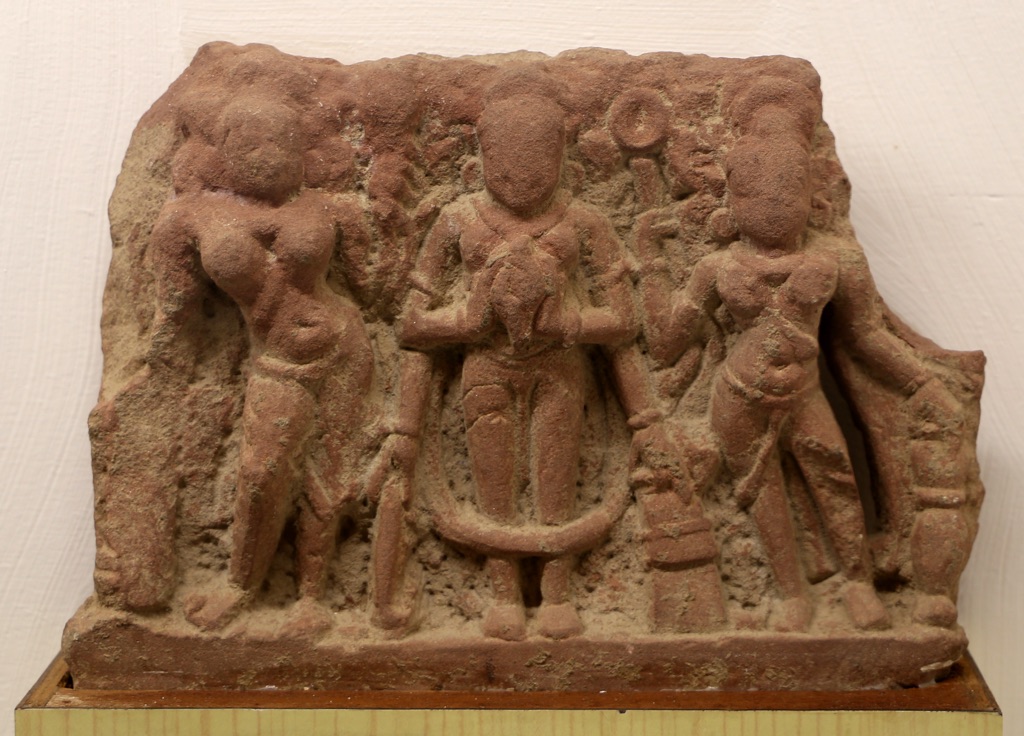
Society and Daily Life
Society during the Gupta period was organized into a rigid caste system, but there was considerable social mobility due to the flourishing economy. Education was highly valued, with universities like Nalanda becoming centers of learning. Daily life in the Gupta Empire was marked by a focus on family, with joint families being the norm, and a diet that was predominantly vegetarian, reflecting the Hindu and Buddhist influences of the time.
The Gupta Dynasty, through its contributions across various domains, laid the foundation for much of classical Indian culture, leaving a legacy that continues to influence modern India.
Who is the founder of the Gupta dynasty?
The founder of the Gupta dynasty was Sri Gupta. Although not much is known about his reign or achievements, he is credited with laying the foundation of what would become one of the most prosperous and influential empires in ancient India.
What is the Gupta dynasty best known for?
The Gupta dynasty is best known for its significant contributions to various fields such as art, literature, science, and mathematics, marking a period often referred to as the “Golden Age” of India. This era saw the flourishing of classical Sanskrit literature, remarkable architectural achievements, and groundbreaking advancements in mathematics and astronomy.
How were the Mauryan and Gupta empires different?
The Mauryan and Gupta empires, two of the greatest empires in ancient India, differed in several ways. The Mauryan Empire (c. 321-185 BCE) was known for its centralized administration and a vast network of spies and officials to maintain control over a vast territory. In contrast, the Gupta Empire (c. 320-550 CE) operated with a more decentralized administration, allowing local leaders more autonomy. The Mauryan Empire was also more focused on conquest and expansion, while the Gupta period is celebrated for its cultural, scientific, and intellectual achievements.
What religion spread across India during the Gupta empire?
During the Gupta empire, Hinduism experienced a significant revival and spread across India. This period saw the construction of Hindu temples and the promotion of Hindu rituals and practices. However, it’s important to note that Buddhism and Jainism also continued to be practiced and spread during this time, with the Gupta kings often patronizing all three religions.
Where was the Gupta empire located?
The Gupta Empire was primarily located in the northern and central parts of the Indian subcontinent. Its territory covered much of what is today the Indian states of Uttar Pradesh, Bihar, Rajasthan, Gujarat, Madhya Pradesh, and West Bengal. The empire’s capital was Pataliputra, located near modern-day Patna in Bihar.
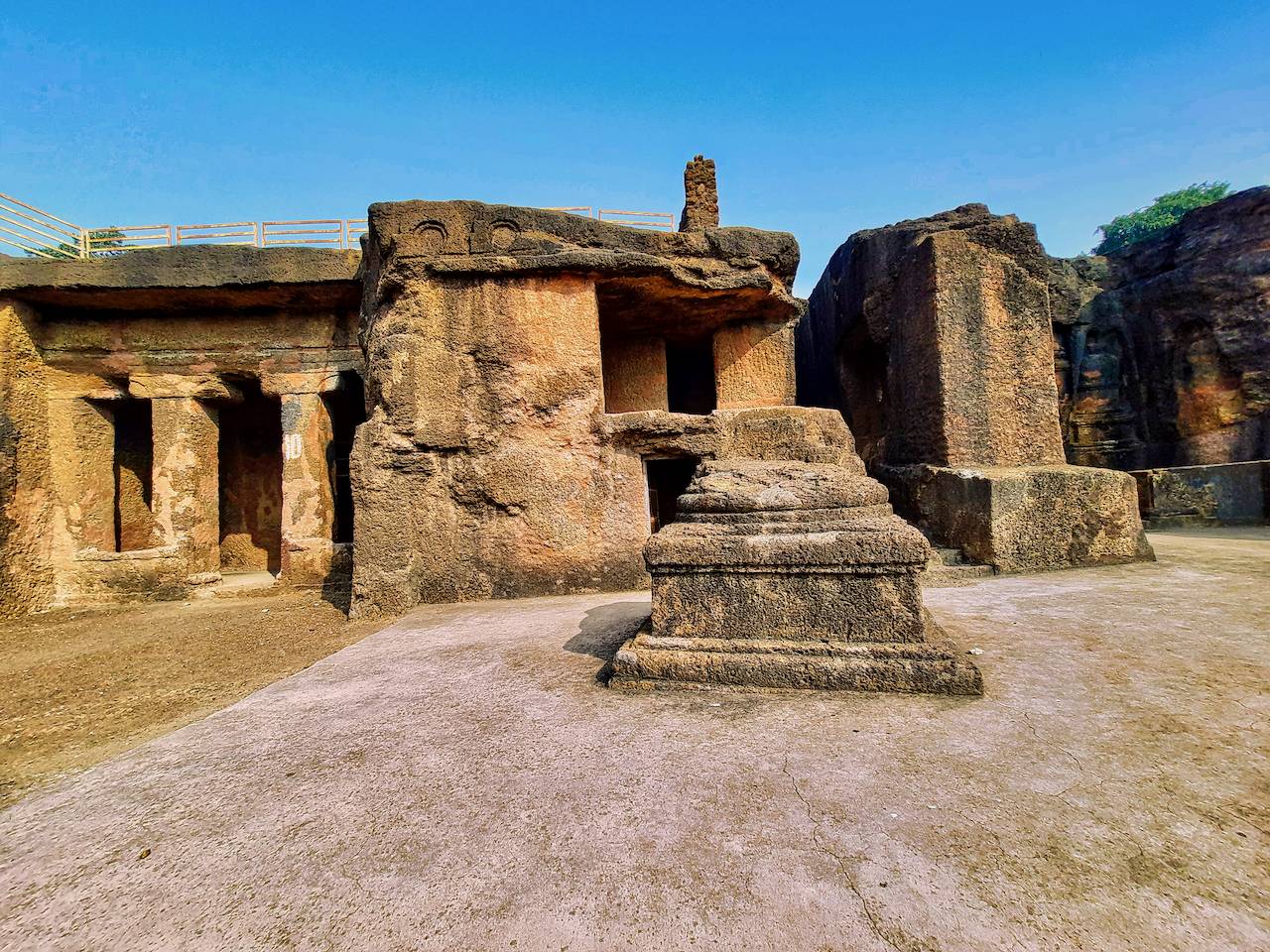
Dhamnar Caves
The Dhamnar Caves are a group of rock-cut Buddhist caves located in the Indian state of Madhya Pradesh. These ancient caves date back to the 4th and 5th centuries AD, showcasing the rich Buddhist heritage of the region. They are known for their intricate carvings, beautiful murals, and architectural significance. The caves served as a monastic complex where Buddhist monks lived and practiced their faith. Over time, the Dhamnar Caves have attracted historians, archaeologists, and tourists alike, eager to explore their historical and cultural significance.
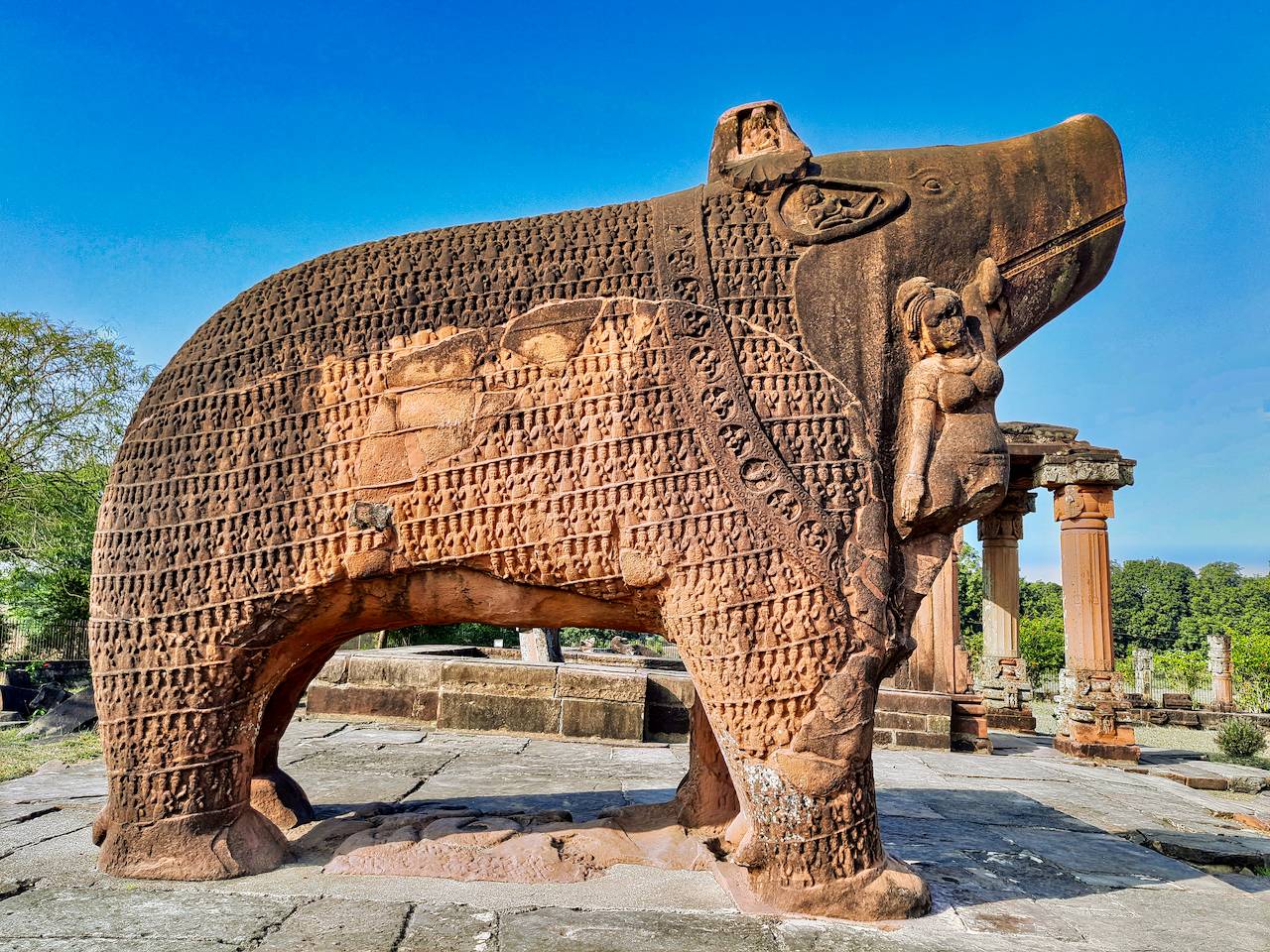
Eran
Eran is an ancient town located in the Sagar district of Madhya Pradesh, India. It has a rich history that dates back to the Gupta period and has been a significant archaeological site. Eran provides insight into early Indian history and culture, with its various inscriptions, monuments, and artifacts. The site has yielded numerous discoveries, including coins, sculptures, and temples, which reflect the religious and social life of its inhabitants over the centuries.
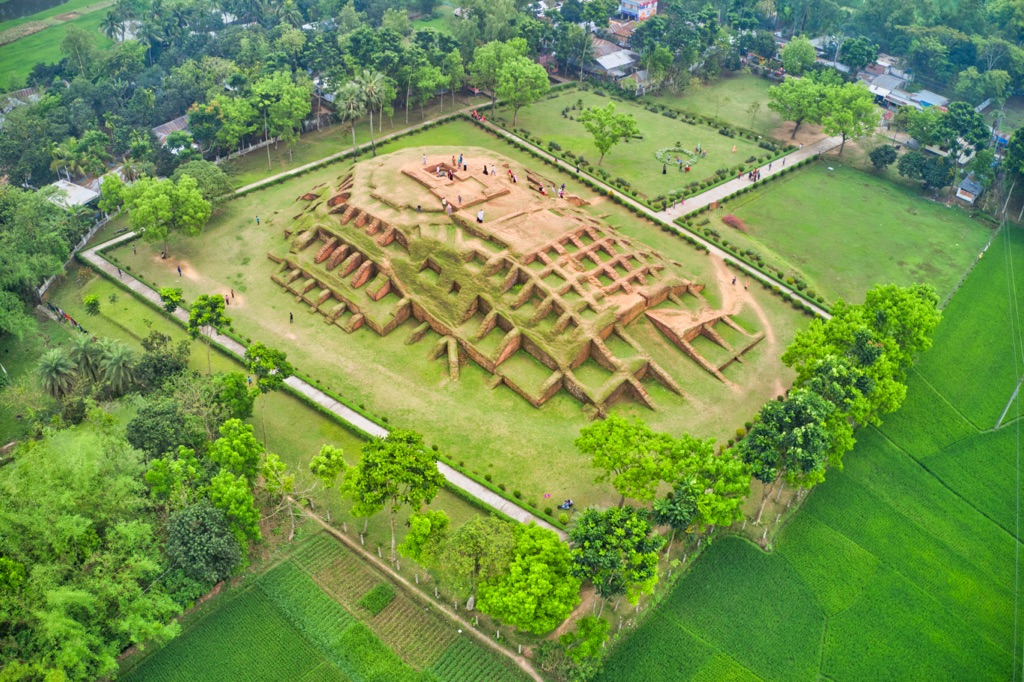
Gokul Medh
Gokul Medh, also known as Lokma Rajar Dhibi, is a historical site located in Bangladesh. It is an ancient archaeological site that bears the remnants of past civilizations. The site is particularly significant for its Buddhist vihara, which dates back to between the 6th and 12th centuries AD. The mound on which Gokul Medh stands is a testament to the architectural prowess of ancient builders and the rich cultural heritage of the region.
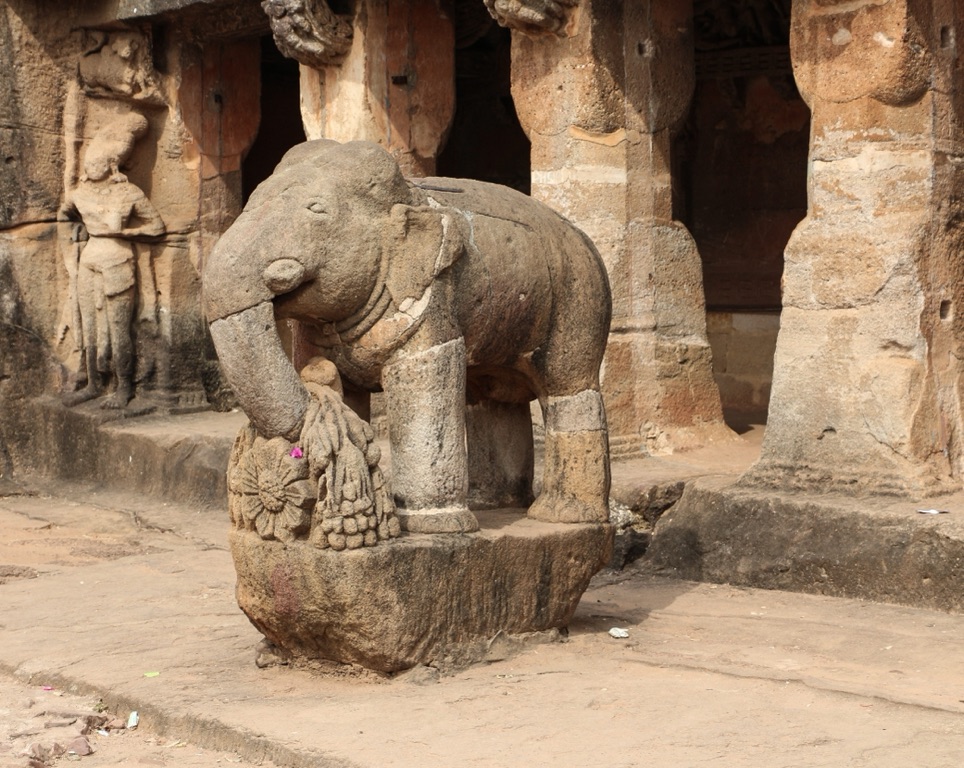
Udayagiri caves
The Udayagiri caves herald an era of artistic and religious expressions in India, providing a unique insight into the cultural landscape during the 4th and 5th centuries AD. Nestled in the state of Madhya Pradesh, these rock-cut sanctuaries embody the prowess of the Gupta Dynasty. They are famous for intricate carvings and monumental sculptures of Hindu gods and goddesses. Most notably, the site is home to the iconic ‘Varaha Avatar’ of Lord Vishnu, illustrating the blend of mythological narratives with the natural environment.
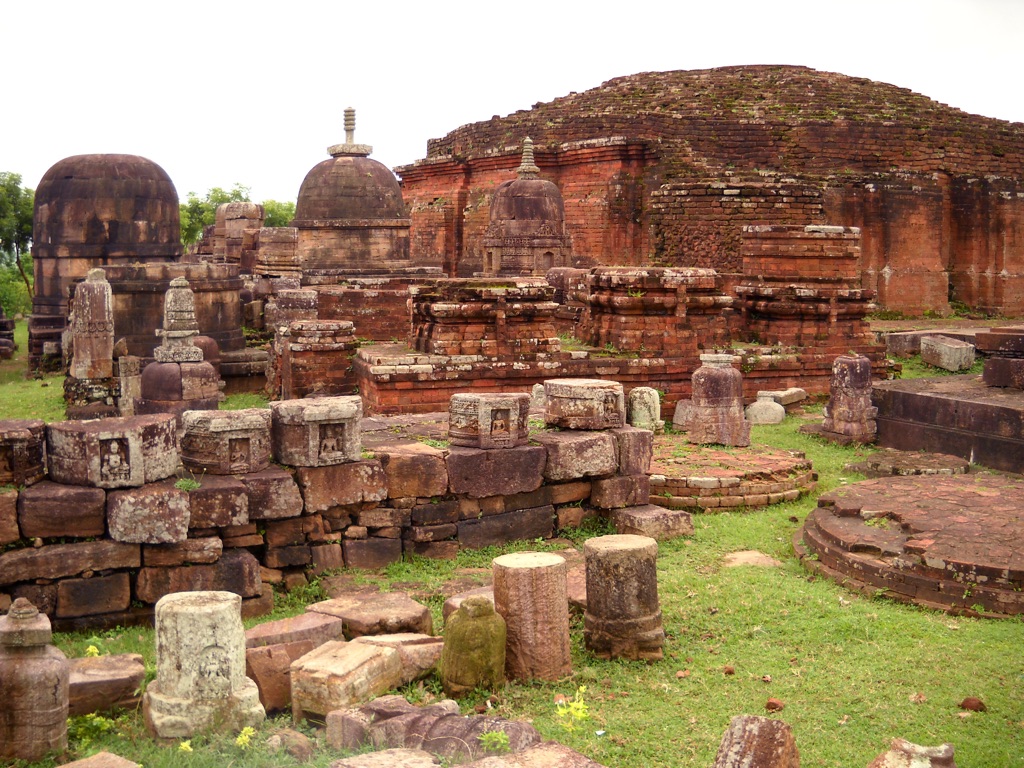
Ratnagiri monastery
Dating back to the 6th century, Ratnagiri Monastery stands as a pillar of India’s rich Buddhist heritage. Located in Odisha, this ancient site testifies to the religious fervor and architectural mastery of the past. The monastery flourished under the reign of the Gupta dynasty, attracting monks and scholars. Its location aided its growth, positioned as it was along key trade routes. This allowed for the exchange of both tangible goods and intangible knowledge. Although in ruins, Ratnagiri Monastery continues to fascinate historians and spiritual seekers. Its stupa, shrines, and sculptures provide invaluable insights into the life and teachings of Buddha.

